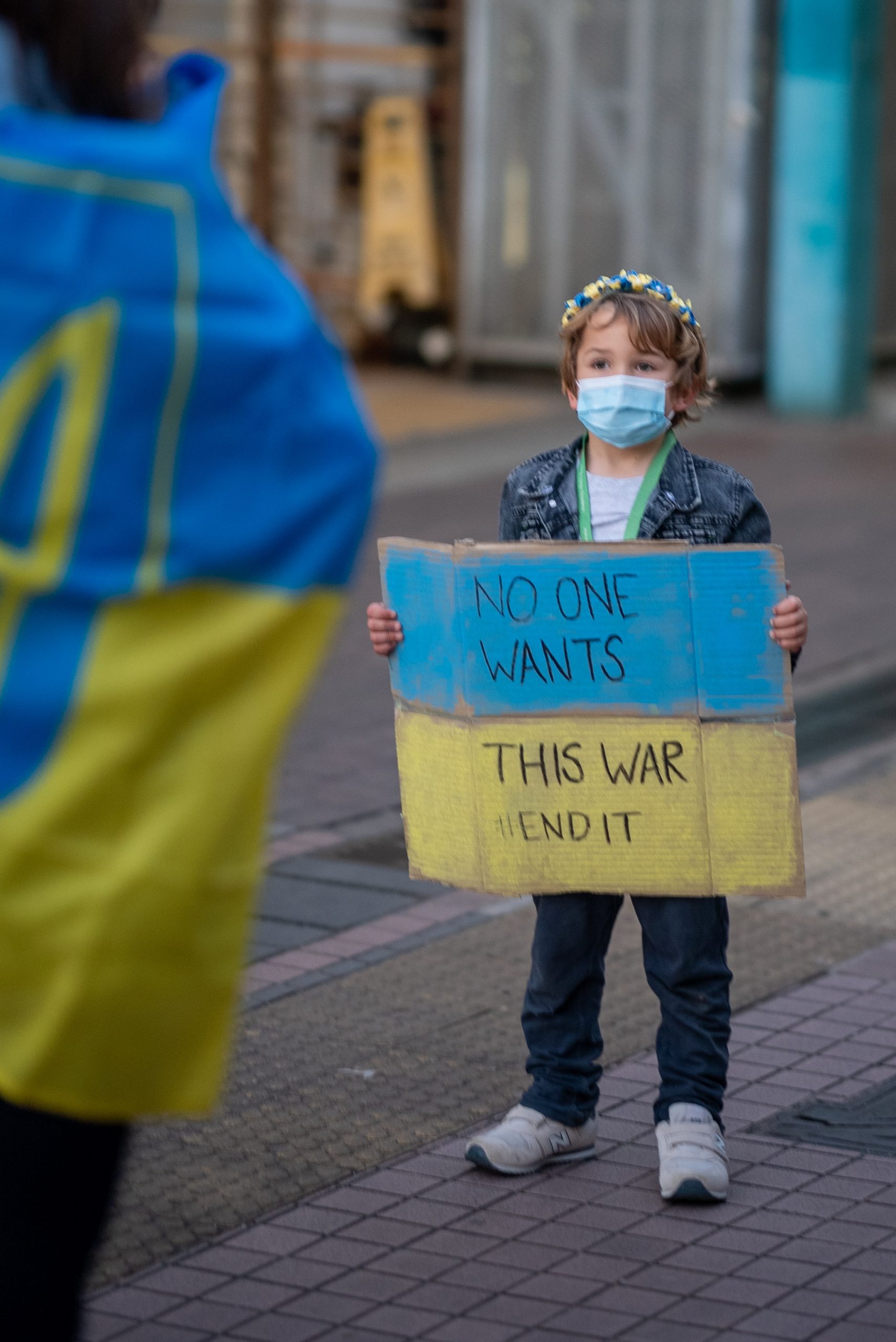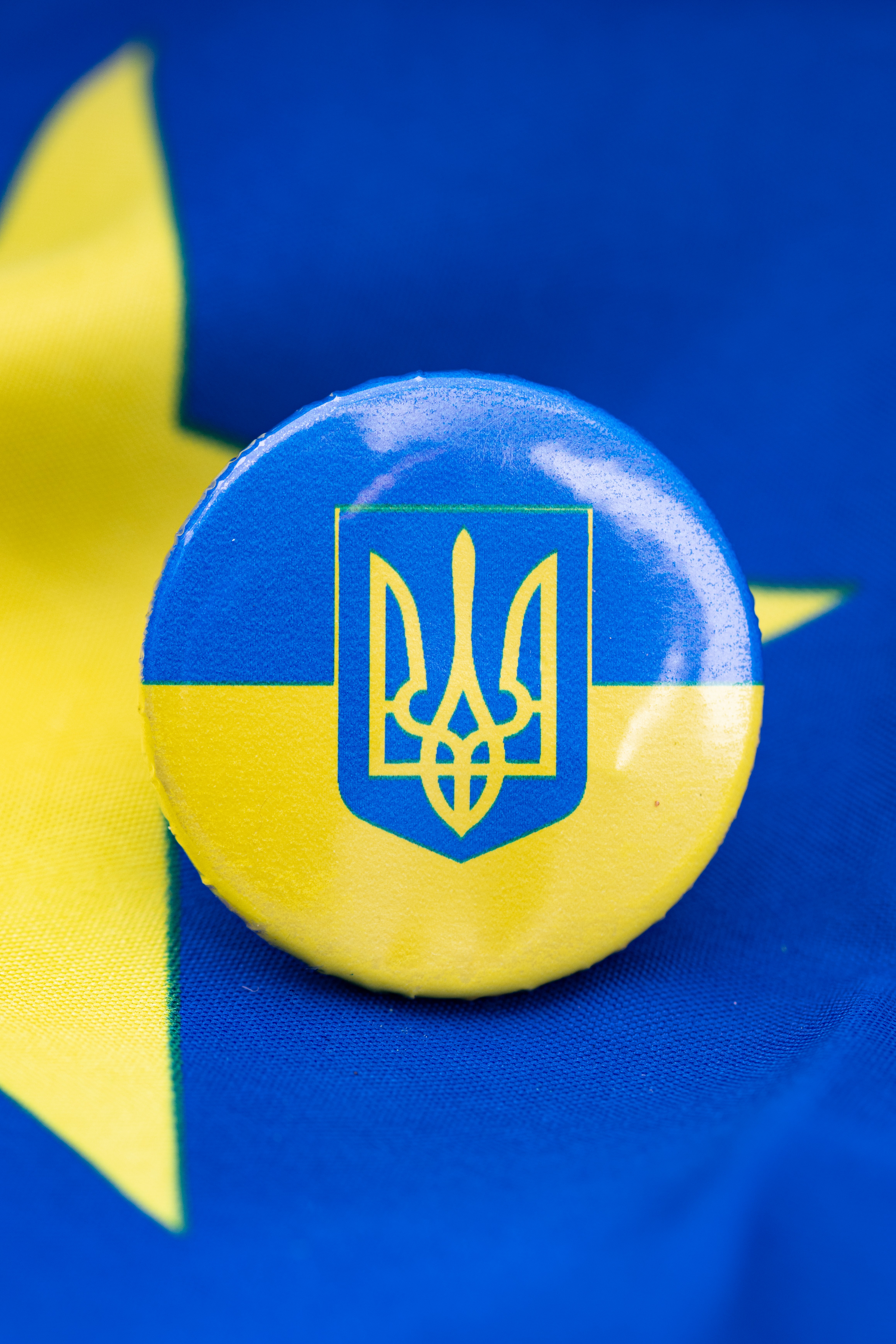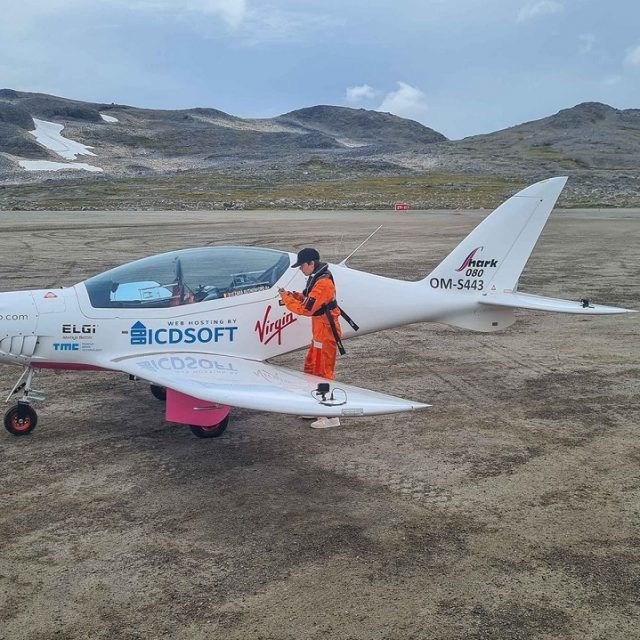Photo by Egor Lyfar on Unsplash
Today marks the anniversary of Russia’s genocidal invasion of Ukraine.
Russia’s aggression against Ukraine began in 2014 with the seizure of Crimea and the outbreak of hostilities in Donbas. Before the full-scale invasion last year, Ukraine tried to stop the fighting in Donbas and restore its sovereignty peacefully.
Volodymyr Zelenskyy won the 2019 presidential election with 73% of the vote and campaigned on the idea of moving toward Europe and a peace agreement with Russia. During his presidency, from 2019 to 2022, 88 rounds of negotiations were held in various formats, including the Normandy and Minsk negotiations. However, Russia did its best not to restore peace or withdraw its military forces from the territory it occupied.
By launching an unprovoked and illegal war against the Ukrainian people, the Kremlin aimed to destroy the Ukrainian state. However, the unity of Ukrainians and the comprehensive assistance of Western partners pushed Russia to the margins of world politics and the military sphere. If Ukrainians and the world had not united, Ukraine would not have been able to counter Russia so effectively.
When Putin started the invasion, he expected the Ukrainian leadership to flee, but this did not happen. Then he turned to Ukrainian soldiers and offered to negotiate. That didn’t work either. Instead, Ukrainians joined the army, organised the Territorial Defense and prepared Molotov cocktails. Putin thought he was confronting a regime like his own, a corrupt one. Instead, he faced a nation.
For military theorists, the events in Ukraine will become the basis for studying modern methods of warfare. Until February 24 last year, theories of military confrontations involving mass armies were completely rejected. Theorists talked about wars of a “new type” in which there was neither a solid front line nor the need to saturate literally every kilometer of contact with the enemy with manpower. The Russian-Ukrainian massacre completely refuted this. The Russian Federation started the war with an expeditionary army corps, and a year later we see a single front line for hundreds of kilometers, consisting of trenches, fortifications and endless minefields. More than a century later, military art has returned to the state and realities of the First World War.
In the fighting in Ukraine, Russia has lost its most capable and professional units of the Russian Armed Forces and most of its military equipment. Russia is forced to use criminals in the fighting.
Throughout the year of full-scale war, the Ukrainian Defense Forces have been acting in full compliance with the most advanced warfare practices, as evidenced by their results on the battlefield against the Russian army. Russia realizes that it will not be able to hold on to the captured parts of Ukraine. Their liberation is a matter of time and the amount of military assistance from the West that the Ukrainian Armed Forces needs in the context of a prolonged war with Putin’s Russia. Russia will not only fail to defeat Ukraine, but will never again be able to even claim to conquer or control it.
The Kremlin overestimated its capabilities. Russia got involved in the war without adequately assessing many basic parameters: the psychological resistance of the Ukrainian Armed Forces to fight back, the human and technical capabilities of its army to conduct operations of this scale, and the determination of the United States and the collective West to provide unprecedentedly huge military and financial assistance to Ukraine. In the end, all of this led to grave consequences. A forced withdrawal from Kyiv, a military defeat in the Kharkiv region, and the reputational abandonment of Kherson. A year later, Russia controls mostly the territories that were taken by surprise in the first weeks of the war. It is unlikely that the Kremlin on February 24, 2022, would have considered this result a success a year later.
Putin is preparing for a protracted war – all the resources of the Russian economy are being directed to this end. Spending on the Russian army in 2023 is planned at 5 trillion rubles, which is more than 40% higher than last year. In the future, this figure may increase, which coincides with the scale of military reform in the Russian Armed Forces in 2023-2026. Putin is preparing for war with the West and it is extremely important to prevent a real strengthening of his army, which must be stopped in the Ukrainian Donbas. Western partners should qualitatively rearm Ukraine, taking into account the scale of the Russian threat. Helping Ukraine with weapons is an investment in the peaceful future of Europe and the civilized world. Ukraine should be part of Europe not only geographically but also at the level of supranational institutions. There is no doubt that the architecture of the future world order is being forged on the battlefield in Ukraine today, and the entire civilized world stands in solidarity with Kyiv in its quest for freedom and independence.
Despite all the strategic miscalculations of the Kremlin leadership, Russia is quickly re-adjusting in this war. They failed to take Kyiv by surprise, so they offered to negotiate peacefully to save face. The agreements in Istanbul broke down, and they decided to annex what they actually controlled. They discovered a significant technical gap with Western models of equipment and began to make up for it in a hurry or look for alternatives in foreign markets, as with the Iranian drones. It was not possible to fight with a limited peacetime military contingent, so mobilization was announced. The ability to change is the enemy’s strength. Russia is constantly adapting to current realities. An effective counterbalance will be the continuation of a tough sanctions policy and even greater control over the supply of products and technologies to Russia that bypass sanctions or are smuggled.
By helping Ukraine, international partners protect not only Ukraine, but also themselves, their values, and the world order.
On 23 February, the UN General Assembly adopted the resolution “On a just and sustainable peace in Ukraine” by 141 votes. The General Assembly resolution is based on President Zelenskyy’s “peace formula”. The ten points of Zelenskyy’s formula include radiation and nuclear safety, food security, energy security, the release of all prisoners and deportees, the implementation of the UN Charter and the restoration of Ukraine’s territorial integrity and world order, the withdrawal of Russian troops and the cessation of hostilities, the return of justice, demining and countering ecocide, preventing escalation, and fixing the end of the war.
Ukraine has once again won an important diplomatic victory on the sidelines of the UN General Assembly. Only seven countries, including the Russian Federation itself, opposed the resolution. The world has consistently supported Ukraine, and it is extremely important for it to implement the “peace formula” presented by the President of Ukraine, as well as to work on the creation of a compensation mechanism that will allow Ukraine to compensate for the damage caused during the war at the expense of Russian assets.
The decision of the UN General Assembly brought the establishment of the Special International Tribunal for Russia’s war crimes against Ukraine one step closer, as it demanded accountability for the most serious crimes committed on the territory of Ukraine. It is therefore not surprising that today, February 24, the Anthem of Ukraine is being played in front of the Russian Embassy in The Hague.
War in numbers
1500 km length of the front line
5000 missiles and 500 Iranian kamikaze drones launched by Russia at Ukraine
21,256 air raid alerts sounded, including 680 in Kyiv
8 million Ukrainians are refugees in Europe
2 million Ukrainians have been deported to Russia’s territory
8,006 civilians killed
13,287 civilians injured
15,000 civilians went missing
487 children killed
954 children injured




